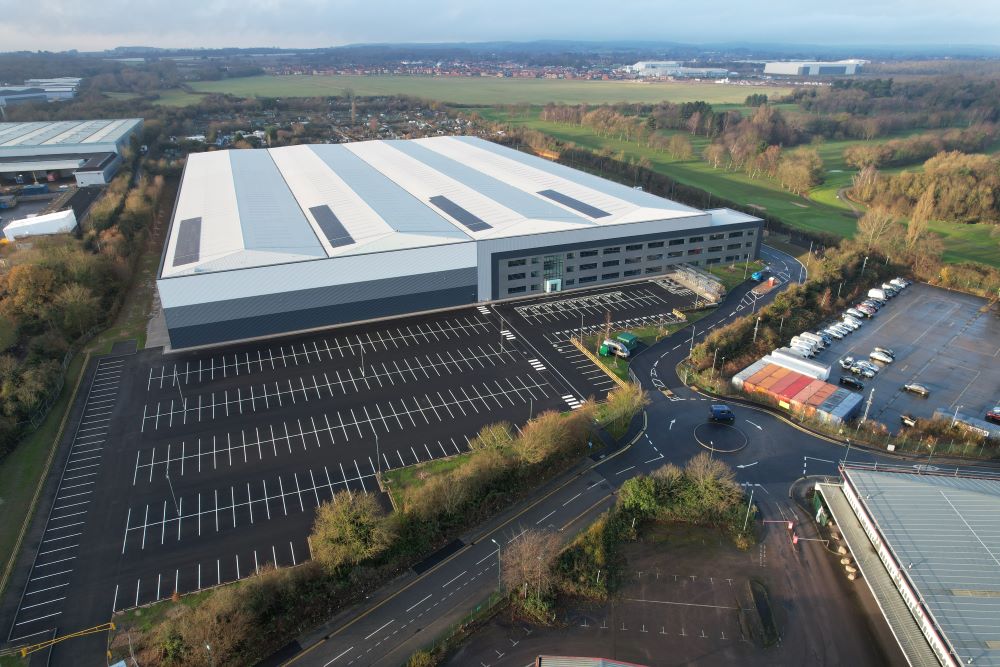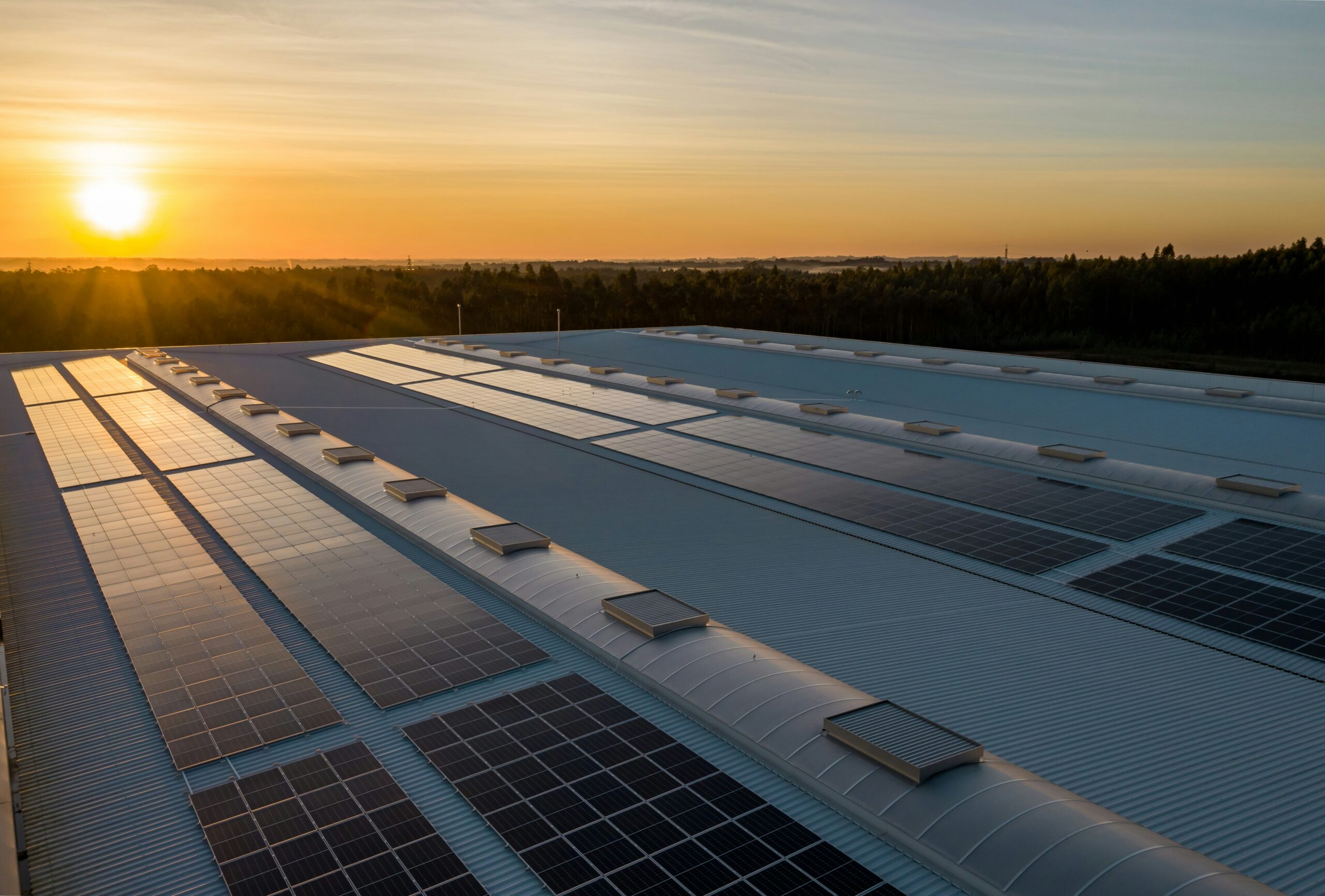In today’s world, as environmental concerns continue to mount, the commercial property industry finds itself at a critical juncture, compelled to prioritise sustainability and ESG initiatives alongside profitability.
The statistic provided by PwC US, stating that ‘40% of global carbon dioxide emissions arise from the real estate sector,’ highlights the impact that the commercial property industry has on climate change and emphasises the urgent need for sustainable practices within it. Addressing this issue requires dedicated efforts to integrate sustainable design, energy-efficient technologies and ESG initiatives into every aspect of commercial property development.
At Premcor, we are committed to putting sustainable practices into action, exemplified by our project – Nottingham 360, which is set to achieve a BREEAM Excellent rating.
Nottingham 360 is a 362,000 sq ft warehousing and distribution scheme situated just five minutes from Junction 26 of the M1 motorway. With a keen emphasis on ESG credentials, the building acknowledges modern regulations.
Additionally, our collaboration with Winvic Construction has led to the achievement of Net-Zero Carbon in construction as well as being occupier readied, further solidifying Nottingham 360’s sustainability credentials. These accomplishments have made Nottingham 360 a highly sought-after occupier location, as well as a best-in-class logistics scheme at a time when there is high demand for sustainable buildings.

Premcor’s Rob Lane says: “By prioritising sustainability in projects such as Nottingham 360 of which we are extremely proud, we are not only mitigating environmental impacts, but enhancing market competitiveness and building resilient, future-proof assets which stand the test of time.”
Sustainable design in the commercial property sector is not merely a trend; it is a fundamental shift towards responsible management of resources and a commitment to long-term viability.
Rob Lane continues: “As stakeholders in the built environment, we believe sustainable design is not just about reducing our ecological and carbon footprint – it’s about creating spaces that drive innovation. By placing sustainability at the forefront of our work, we enhance the value of our properties whilst leaving a legacy of responsible development for future generations.”
Here are some ways in which this industry can make a difference, and how it can benefit from prioritising sustainability:
Environmental conservation is at the centre of sustainable design. By embracing sustainable practices such as energy-efficient HVAC systems and solar panel installations, developers can significantly reduce operational costs and the property’s carbon footprint. This aligns with global efforts to combat climate change and sets a precedent for responsible development within the industry.

Beyond its positive environmental impact, sustainable design offers great economic benefits for commercial property companies. Incorporating solar energy solutions, for example, not only reduces reliance on traditional energy sources but also generates additional income by allowing developers to sell generated energy back to the National Grid through the Smart Export Guarantee scheme.
Additionally, green buildings tend to generate higher rental yields, property values and occupancy levels, resulting in higher financial returns for developers and investors. By investing in sustainability, companies can avoid escalating energy costs and generate revenue.
In an increasingly eco-conscious market, sustainable design gives commercial properties a competitive edge. Tenants and consumers are placing greater emphasis on sustainability, favouring spaces which align with their values. Green certifications like BREEAM not only validate a property’s sustainability credentials, but also enhance its appeal to potential occupants.
By embracing sustainable design, companies can differentiate themselves in a crowded market, which attracts tenants to secure long-term leases – resulting in improved income streams and profits.
As the government tightens its regulations to address environmental concerns, sustainable design has become an intrinsic part of statutory compliance in the commercial property sector. By using sustainable practices in their projects, developers can safeguard against potential liabilities and navigate evolving regulations with confidence.
The importance of sustainable design in the commercial property industry cannot be overstated. Beyond environmental consciousness, it encompasses economic prosperity, competitive edge and statutory compliance. As stakeholders increasingly recognise the value of sustainability, embracing green building practices has become not only a moral imperative but also a strategic business decision.
By integrating sustainable design practices into projects, like Nottingham 360, commercial property companies not only decrease their carbon footprint, but also generate new sources of revenue and stand out in a crowded market, while contributing to a more sustainable future for generations to come.